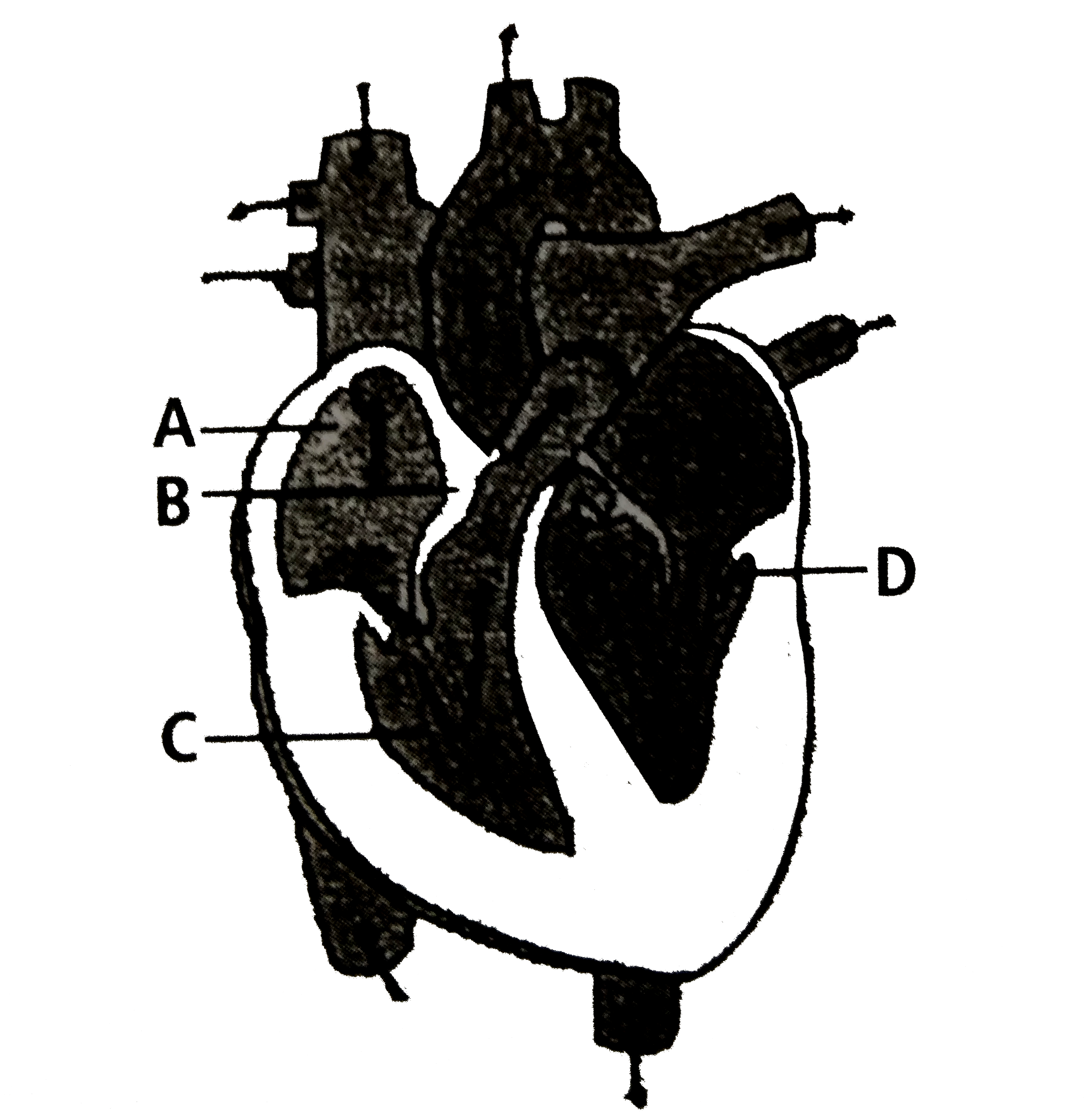Generation of action potential in stage of
The correct Answer is:Exciting stage
Step-by-Step Solution for the Question: Generation of Action Potential in Stage of
1. Understanding Neuron Structure: Neurons are specialized cells that transmit nerve impulses. The key components include the cell body, dendrites, and axon. The axon is crucial for conducting signals away from the neuron.
2. Resting Potential: When a neuron is not transmitting an impulse, it is in a resting state. During this phase, the neuronal membrane is polarized. This polarization is maintained by the sodium-potassium pump, which moves sodium ions (Na+) out of the neuron and potassium ions (K+) into the neuron. Typically, for every three sodium ions pumped out, two potassium ions are brought in. This results in a negative charge inside the neuron compared to the outside, establishing a resting potential.
3. Stimulus Reception: When a neuron receives a stimulus strong enough to trigger an action potential, there is a sudden change in the permeability of the axonal membrane. This change allows sodium ions to rush into the neuron.
4. Depolarization: The influx of sodium ions causes the inside of the neuron to become more positively charged compared to the outside. This process is known as depolarization. As the charge inside the neuron becomes positive, it reaches a threshold that triggers the action potential.
5. Action Potential Generation: The action potential is characterized by a rapid rise and fall in membrane potential. It is generated during the depolarization phase when the inside of the neuron becomes positively charged due to the influx of sodium ions.
6. Conclusion: The generation of action potential primarily occurs during the depolarization stage of the neuron. Therefore, the correct answer to the question is that action potential is generated in the stage of depolarization.
Topper's Solved these Questions
Similar Questions
Action potential is
View SolutionThe steps involved in the mechanism of muscle contraction are given below.
Arrange the steps in proper sequential order and select the correct option.
I. Release of calcium ions in the sarcoplasm.
II. Signal sent by the CNS via a motor neuron.
III. Binding of calcium with a subunit of troponin on actin filaments.
IV. Generation of the action potential in the sarcolemma.
V. Binding of myosin head to the exposed active sites on actin to form a cross-bridge.
VI. Inward pulling of ‘Z’ line attached to actin causing shortening of the sarcomere.
VII. Pulling of the attached actin filaments towards the centre of 'A' band.
VIII. Release of neurotransmitter acetylcholine and generation of the action potential in the sarcolemma.
View Solution
Knowledge Check
The given figure illustrates a section through the human heart.

Which labelled part represents the site for the generation of action potential in human heart ?AABBCCDD
The steps involved in the mechanism of vision are given below. Arrange them in proper sequence and select the correct option.
A. Dissociation of retinal from opsin and generation of potential difference in photoreceptor cells.
B. Focusing of the light rays in visible wavelength on the corner through the lens.
C. Generation of the action potential in ganglion cells through bipolar cells.
D. Analysis of neural impulse and formation of aa image on the retina.
E. Transmission of the action potential by the optic nerve to the visual cortex.
View SolutionWhen a stimulus is applied on axonal membrane then generation of action potential is due to
View SolutionAt the stage of generation of action potential, the axolemma is :
View SolutionGeneration of action potential concern with which layer of retina
View SolutionA : In the nervous system generation of action potential depends upon influx of sodium ion into axoplasm.
R : Influx of sodium ion during nerve impulse generation is due to efflux of potassium ions .
View SolutionRead the following event of impulse.
(a) Generation of Threshold potential
(b) Generation of Action potential
(c) Depolarisation initiates
(d) Generation of graded potential
Choose the correct sequence of impulse :-
View SolutionWhich of the following ion moves first during the generation of an action potential along the axon?
View Solution
